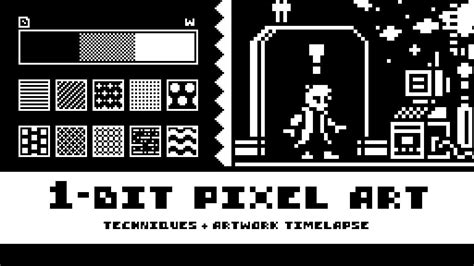The recent resurgence of interest in Decker, a tool reminiscent of the iconic HyperCard, has sparked a wave of nostalgia and curiosity among tech enthusiasts. With its 1-bit graphics design and unique Lil programming language, Decker offers a blend of retro aesthetics and modern web development capabilities. User comments highlight the challenges faced by newcomers, such as screen size issues on mobile devices and the learning curve associated with Lil.
Reflecting on the legacy of HyperCard, users reminisce about its groundbreaking role in democratizing software development. HyperCard provided an accessible platform for users to create interactive content without extensive programming knowledge, fostering a community of enthusiasts who explored the possibilities of the software. The simplicity and versatility of HyperCard left a lasting impact on users, shaping their early experiences in programming and digital creativity.
Comparisons between HyperCard and its successors, such as Flash and Decker, reveal the unique strengths and limitations of each tool. While Flash offered powerful multimedia capabilities, its complex authoring environment created a significant barrier for casual users. In contrast, Decker aims to capture the essence of HyperCard’s user-friendly design, albeit with a modern twist. The evolution of these tools reflects the changing landscape of software development and user expectations over time.
User interactions with Decker underscore the challenges of balancing simplicity and functionality in software design. The quest for a user-friendly GUI builder that empowers users to quickly prototype applications remains a recurring theme in the tech community. While modern tools like SwiftUI and Livecode strive to streamline app development, the nostalgia for platforms like HyperCard serves as a reminder of the unique charm and accessibility of early computing environments.
As users navigate the nuances of Decker and reminisce about the golden era of HyperCard, the intersection of technology and creativity comes into focus. From leveraging 1-bit graphics to exploring new frontiers in web application design, Decker invites users to embrace a blend of past and present in their development journey. Whether adapting to the idiosyncrasies of Lil or experimenting with custom 16-color palettes, Decker offers a gateway to a world where innovation meets nostalgia.
In conclusion, the resurgence of interest in Decker as a spiritual successor to HyperCard highlights the enduring appeal of accessible software development tools. Navigating the complexities of modern coding environments while paying homage to the simplicity of early platforms poses unique challenges and opportunities for today’s developers. As users continue to explore the possibilities of Decker and reflect on the legacy of HyperCard, a new chapter unfolds in the ongoing narrative of digital creativity and innovation.


Leave a Reply